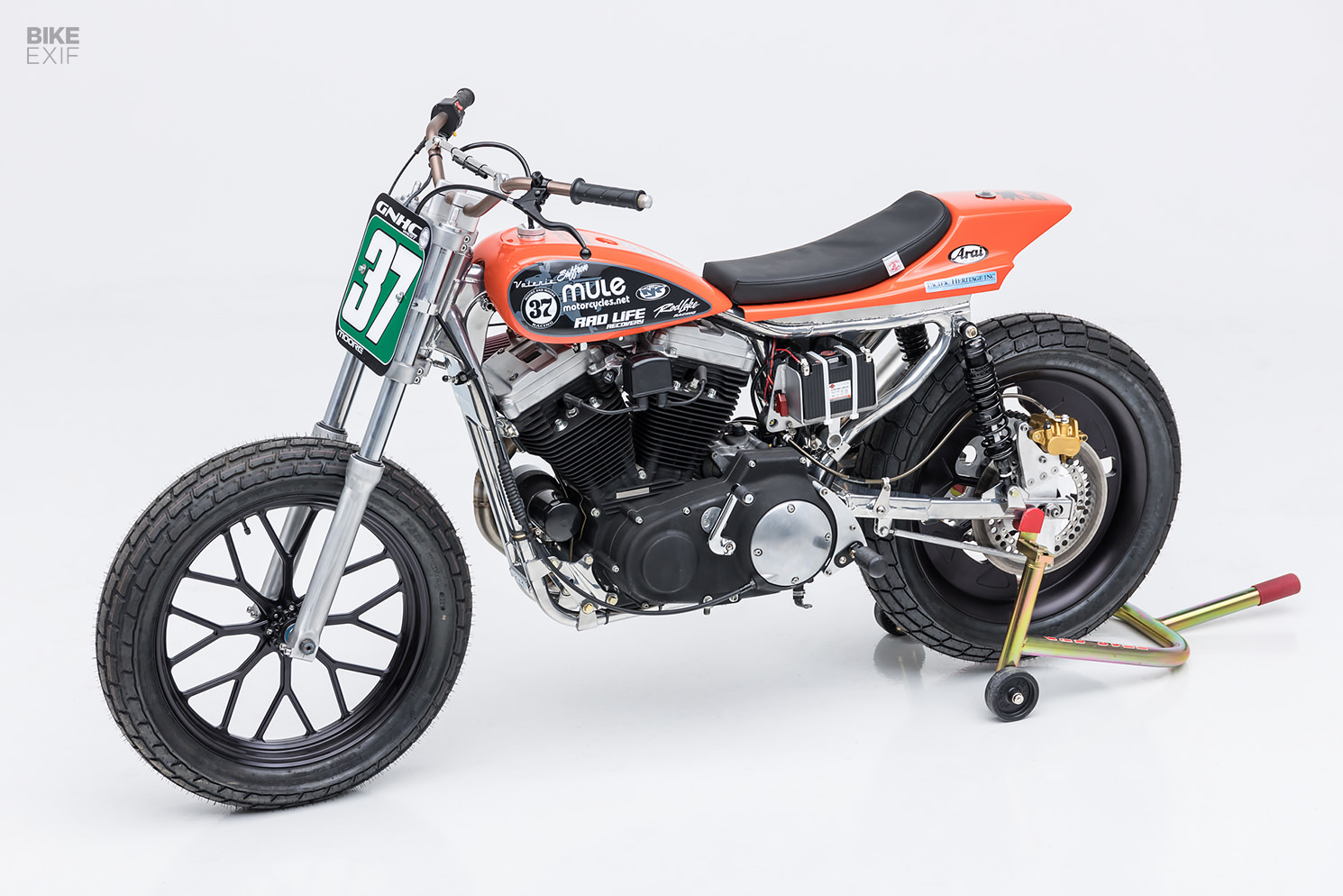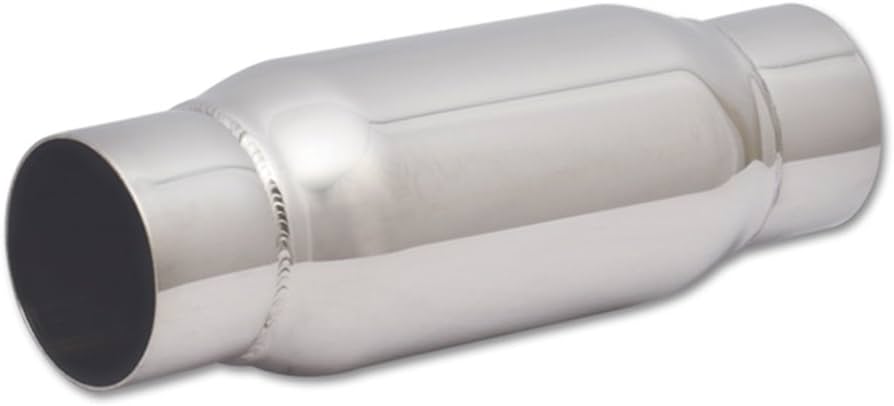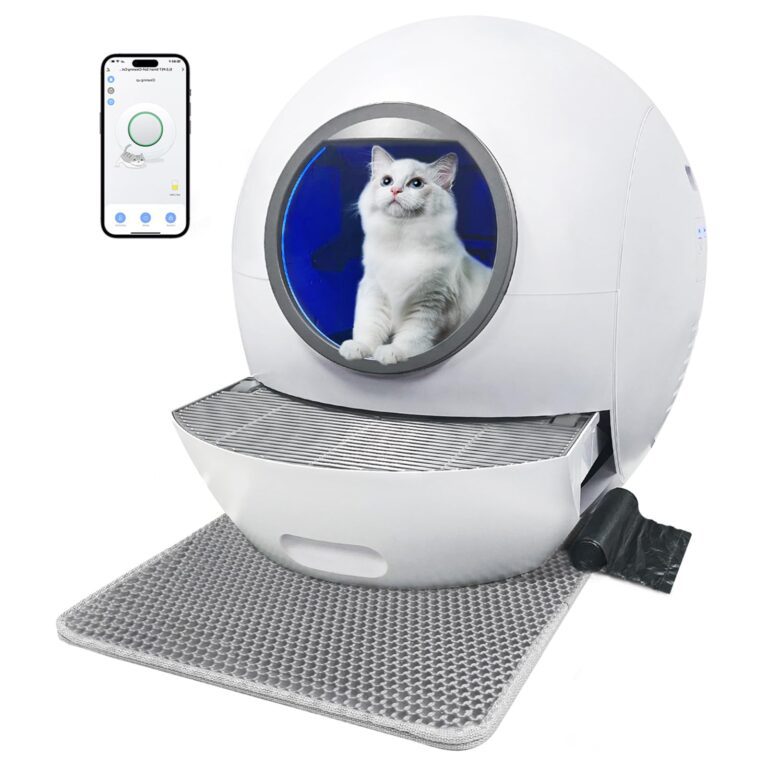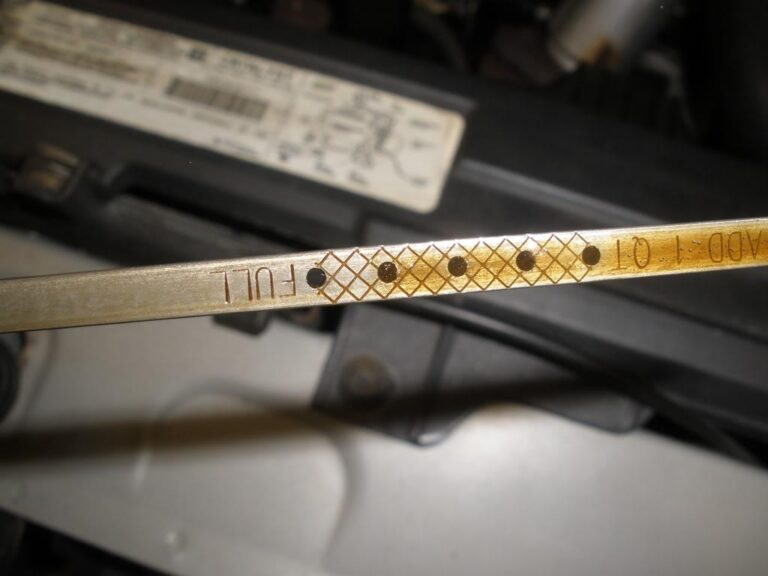What Size Exhaust Pipe Do I Need? Find the Perfect Fit for Optimal Performance!
To determine the size of the exhaust pipe you need, measure the diameter of your existing exhaust system or consult your vehicle’s manufacturer specifications. Are you wondering about the right size exhaust pipe for your vehicle?
Finding the correct exhaust pipe size is crucial for optimizing your vehicle’s performance. Whether you are replacing a worn-out exhaust pipe or upgrading to a higher-performing system, selecting the appropriate size is essential. Determining the correct size can be done by measuring the diameter of your existing exhaust system or by referring to your vehicle’s manufacturer specifications.
In this guide, we will explain the importance of selecting the right exhaust pipe size and provide you with the necessary steps to help you make an informed decision.
Understanding Exhaust Pipe Basics
When it comes to exhaust systems, understanding the basics is crucial. The exhaust system plays a significant role in a vehicle’s overall performance and efficiency. It not only helps to remove harmful gases from the engine but also enhances engine power and sound. The system comprises several components, including the exhaust manifold, catalytic converter, resonator, and muffler. Each component has its own specific function in the overall performance of the exhaust system.
One important aspect to consider is the size of the exhaust pipe. The pipe size affects the performance of the vehicle. A larger pipe diameter allows for better exhaust gas flow, reducing back pressure and enabling the engine to breathe more efficiently. A smaller diameter, on the other hand, can lead to increased back pressure, hampering engine performance. It’s essential to choose the right size exhaust pipe that suits your vehicle’s engine size and desired performance goals.
| Benefits of a larger exhaust pipe: | Drawbacks of a smaller exhaust pipe: |
|---|---|
| Improved engine power and torque | Increased back pressure |
| Enhanced fuel efficiency | Reduced engine performance |
| Deeper and more aggressive exhaust sound | Restrictive gas flow |
Choosing the right exhaust pipe size for your vehicle requires considering various factors, including the engine type, intended use, and local emission regulations. It’s recommended to consult with a professional or an experienced mechanic to determine the appropriate exhaust pipe size for your specific vehicle and desired performance goals.
Determining The Correct Pipe Size
When determining the correct exhaust pipe size for your vehicle, several factors come into play. First, consider the type of vehicle and engine size you have. Smaller vehicles with less powerful engines may require a smaller exhaust pipe to maintain optimal performance. On the other hand, larger vehicles with more powerful engines may benefit from a larger exhaust pipe to accommodate increased airflow.
Next, think about your performance goals and any modifications you have made to your vehicle. If you have upgraded your engine or added performance-enhancing components, a larger exhaust pipe might be necessary to handle the increased exhaust flow and improve overall engine performance.
Last but not least, consider the cost and accessibility of the exhaust pipe. Larger pipe sizes can be more expensive and may require modifications to your vehicle’s exhaust system. Additionally, some exhaust pipe sizes may not be readily available for certain vehicle models, making it important to choose a size that is readily accessible for installation.
Measuring Your Exhaust System
The first step in determining the size of the exhaust pipe you need is to measure your current exhaust system. Follow these step-by-step instructions to ensure accurate measurements:
- Step 1: Park your vehicle on a level surface and ensure the engine is cool.
- Step 2: Locate the exhaust pipe, typically located underneath the vehicle.
- Step 3: Measure the outside diameter of the pipe using a caliper or tape measure. Take this measurement at the end of the pipe.
- Step 4: If your exhaust system has a muffler, measure the outside diameter of the muffler as well.
- Step 5: Measure the distance between the exhaust hangers or mounting points to determine the length of the pipe.
A few tips to ensure precise measurements:
- Tip 1: Make sure to measure the pipe and muffler at the widest point to get an accurate diameter.
- Tip 2: Use a flexible tape measure or string to measure the curved sections of the exhaust system.
- Tip 3: Take multiple measurements to ensure accuracy, especially if the pipe or muffler is not perfectly round.
By following these steps and tips, you can determine the correct size of exhaust pipe you need for your vehicle.
Calculating Pipe Diameter
“What Size Exhaust Pipe Do I Need” is a common question among car enthusiasts and mechanics. When it comes to calculating the pipe diameter for your exhaust system, there are several methods you can use. One popular method is to refer to exhaust pipe sizing charts. These charts provide a guideline for selecting the appropriate pipe diameter based on factors such as engine displacement, horsepower, and intended use of the vehicle. Additionally, there are online calculators available that can help determine the ideal pipe size for your exhaust system. These calculators take into account various parameters such as engine specifications, exhaust gas flow rate, and desired backpressure. By inputting the relevant information, you can obtain a recommended pipe diameter for your vehicle.
Understanding Pipe Material And Quality
Choosing the right size exhaust pipe for your vehicle is crucial for optimal performance. Understanding the different materials used in exhaust pipes is the first step in making an informed decision.
| Material | Pros | Cons |
|---|---|---|
| Aluminized Steel | Durable, affordable | Not resistant to corrosion |
| Stainless Steel | Durable, resistant to corrosion | Expensive |
| Titanium | Lightweight, high strength | Very expensive |
The material you choose depends on your budget and the level of performance you desire. Aluminized steel pipes are a cost-effective option but lack long-term durability. Stainless steel pipes offer great corrosion resistance but come at a higher price. Titanium pipes provide excellent performance but are significantly more expensive.
Aside from material, pipe quality is also important for optimal performance. Poor-quality pipes may lead to leaks, reduced power, and inefficient fuel consumption. Investing in a high-quality exhaust pipe ensures better overall performance and longevity for your vehicle.
Exploring Performance Exhaust Systems
htmlUpgrading your vehicle’s exhaust system is an excellent way to enhance its performance. A performance exhaust system offers several benefits that can make a noticeable difference in your overall driving experience. Firstly, it improves exhaust flow, allowing gases to exit the engine more efficiently. This results in increased horsepower and torque, ultimately boosting your vehicle’s performance. Additionally, a performance exhaust system produces a richer and deeper sound, adding a touch of aggression to your car’s overall appeal. There are various types of performance exhaust systems available, such as cat-back, axle-back, and header-back systems. Each type offers distinct advantages and considerations depending on your specific needs and preferences. When selecting a performance system, factors like compatibility, material quality, and legal compliance should be taken into account. These considerations will ensure that you choose the right size and configuration to optimize your vehicle’s performance without compromising its functionality or legal requirements.
Benefits Of Upgrading To A Performance Exhaust System
- Increased horsepower and torque
- Enhanced exhaust flow
- Improved engine efficiency
- Richer and deeper exhaust sound
Types Of Performance Exhaust Systems
| Type | Description |
|---|---|
| Cat-back | Replaces everything from the catalytic converter to the exhaust tip |
| Axle-back | Replaces everything from the rear axle to the exhaust tip |
| Header-back | Replaces everything from the headers to the exhaust tip |
Considerations When Selecting A Performance System
- Compatibility with your vehicle
- Material quality and durability
- Legal compliance with local regulations
Tips For Installing Your Exhaust Pipe
Tips for Installing Your Exhaust Pipe
- Precautions to take before installation:
- Make sure to park your vehicle on a level surface and engage the parking brake.
- Wear appropriate safety gear, including gloves and goggles, to protect yourself from any potential hazards.
- Ensure that the engine has cooled down completely before starting the installation process.
- Steps for proper exhaust pipe installation:
- Locate the existing exhaust pipe and carefully remove it using a wrench or socket set.
- Inspect the new exhaust pipe to ensure it is the correct size and length for your vehicle.
- Apply a small amount of exhaust pipe sealant to the ends of the pipe to ensure a proper seal.
- Position the new exhaust pipe in place, aligning it with the exhaust manifold or catalytic converter.
- Tighten the clamps or bolts to secure the exhaust pipe in place, being careful not to overtighten.
- Common mistakes to avoid during installation:
- Avoid forcing the exhaust pipe into position, as this can cause damage to both the pipe and the vehicle.
- Double-check all connections and ensure they are tightened properly to prevent any potential leaks.
- Consider consulting a professional if you are unsure about any aspect of the installation process.
Testing And Fine-tuning
Testing and Fine-Tuning
After installing an exhaust pipe, it is crucial to test and fine-tune the system to ensure optimal performance. This involves monitoring the exhaust gas temperatures and implementing various techniques to refine the exhaust system.
Importance of testing after exhaust pipe installation:
- Testing helps identify any potential issues or leaks in the exhaust system.
- It ensures that the exhaust pipe size is appropriate and matches the engine’s needs.
- Testing allows for adjustments to be made to optimize the flow of exhaust gases.
- It helps in identifying the right balance between performance and sound levels.
Monitoring exhaust gas temperatures:
- Regularly monitoring exhaust gas temperatures helps in identifying any abnormal readings that may indicate problems with the system.
- It allows for adjustments to be made to ensure the engine operates within safe temperature ranges.
Techniques for fine-tuning your exhaust system:
- Adjusting the size and length of the exhaust pipe to achieve optimal backpressure.
- Modifying the muffler design or replacing it with a high-performance option.
- Installing a resonator or a catalytic converter to further refine the sound and emissions.
- Testing different configurations or components to find the most effective combination.
Maintenance And Troubleshooting
Maintaining your exhaust system is essential for optimal performance. By regularly inspecting and addressing any issues, you can ensure a longer lifespan for your exhaust pipe. One sign of a malfunctioning exhaust pipe is excessive noise, which may indicate a leak or a problem with the muffler. Another common problem is rust and corrosion, which can cause holes in the pipe and lead to exhaust leaks. Additionally, if you notice a decrease in power or fuel efficiency, it could be due to an issue with the exhaust system. Troubleshooting common exhaust system problems involves inspecting the connections, looking for any signs of damage, and checking for loose or broken clamps. It’s also important to keep the exhaust system clean and free from debris to prevent clogs. Regular maintenance and prompt repairs will help ensure that your exhaust system functions efficiently and safely.
Credit: www.bikeexif.com
Frequently Asked Questions For What Size Exhaust Pipe Do I Need
How Do I Know What Size Exhaust Pipe I Need?
To determine the right exhaust pipe size, measure the diameter of your existing exhaust pipe. Use a tape measure or caliper tool for accuracy. Note the dimensions and match them with available exhaust pipe options.
What Is Louder 2.5 Or 3 Inch Exhaust?
A 3 inch exhaust is louder than a 2. 5 inch exhaust.
How Much Hp Can 2 1 4 Exhaust Support?
The 2 1 4 exhaust can support a maximum of HP, but it’s recommended to consult a professional for accurate information.
What Size Exhaust Pipe Fits Over 2.5 Od?
An exhaust pipe with a 2. 5 OD will fit over a 2. 5-inch outer diameter.
Conclusion
Determining the correct size exhaust pipe for your vehicle is crucial for optimal performance. By considering factors such as engine size, power requirements, and desired sound level, you can make an informed decision. Remember, a properly sized exhaust pipe ensures efficient exhaust flow, maximizing horsepower and torque while reducing backpressure.
Take the time to research and consult experts to find the perfect fit for your vehicle’s needs.







